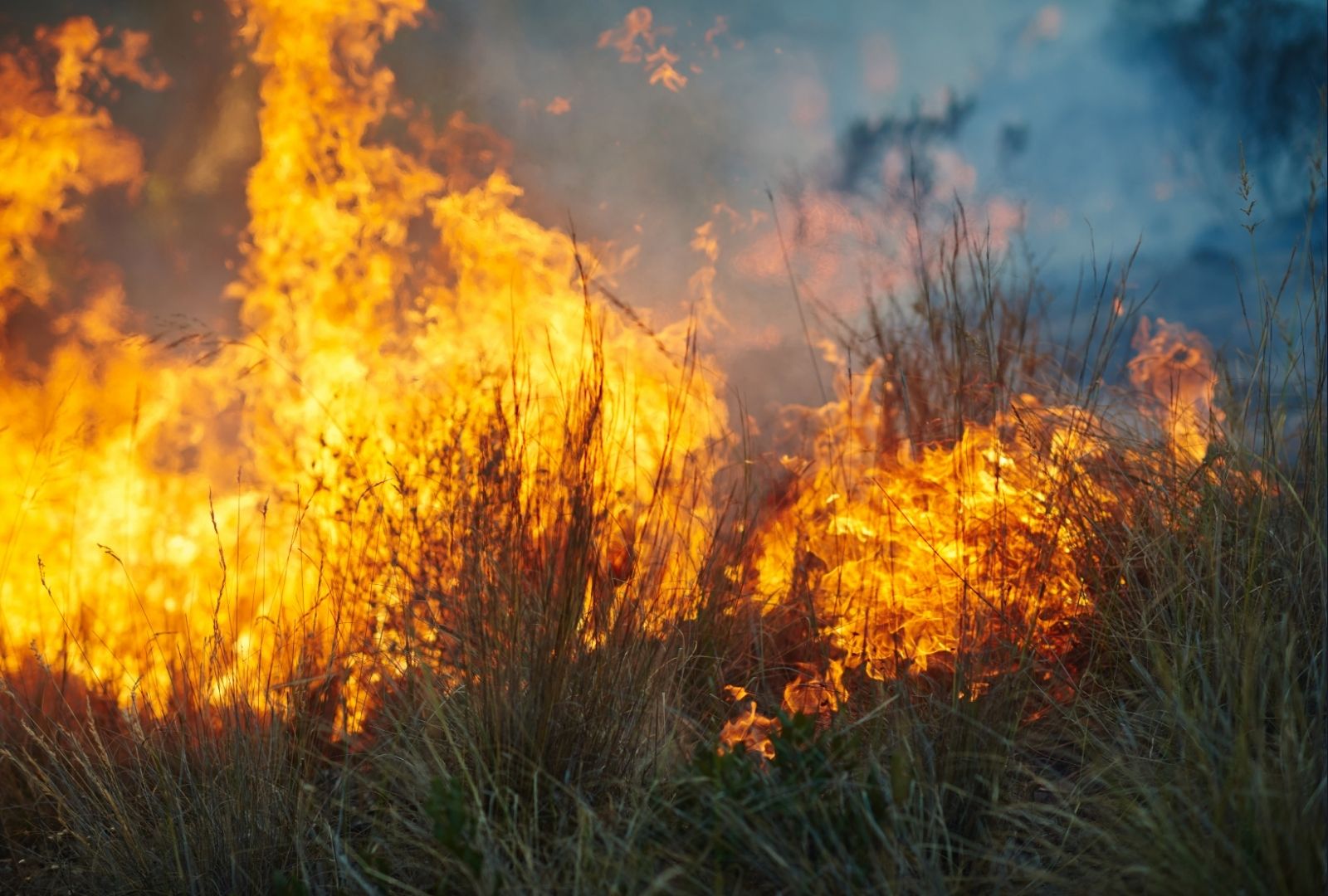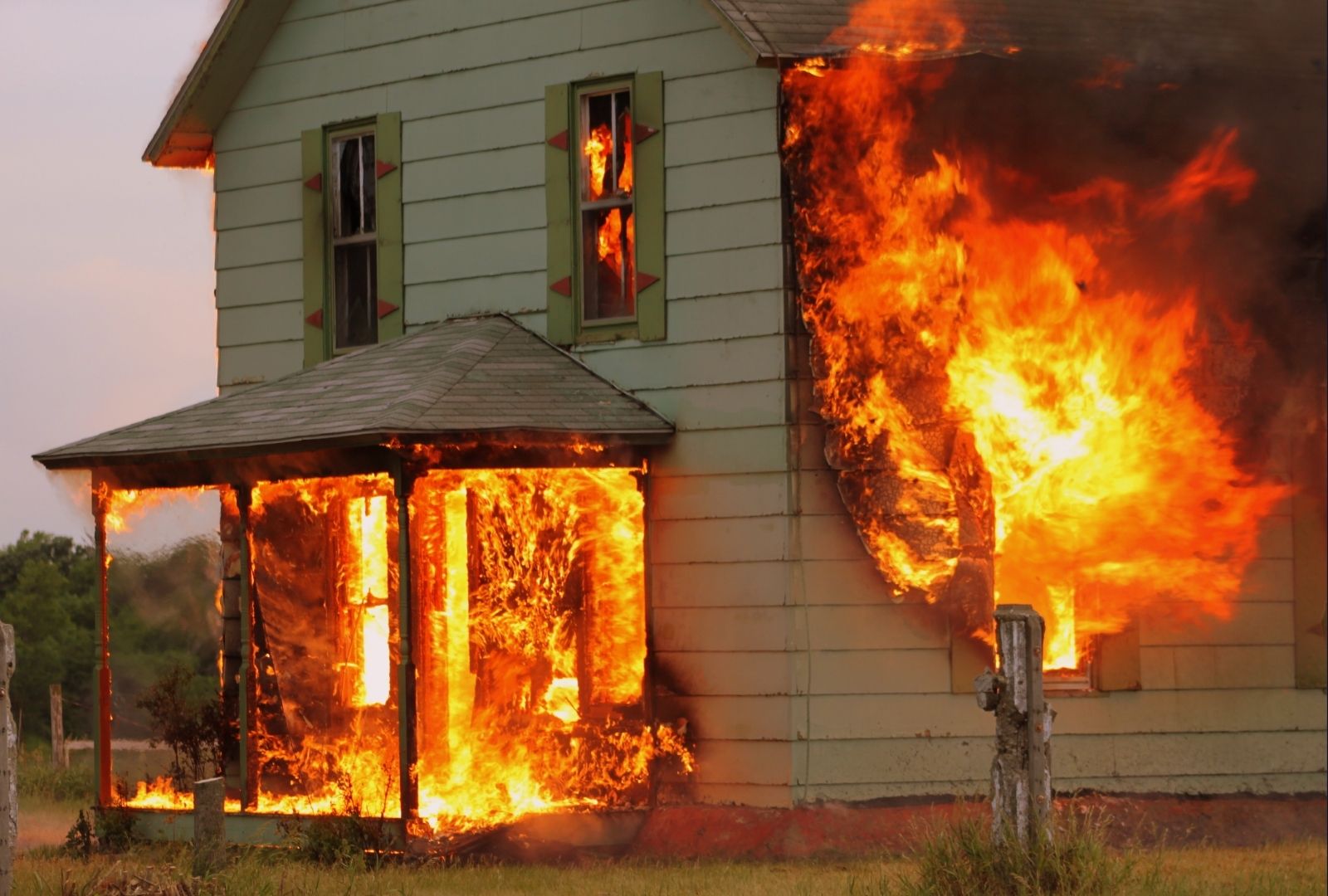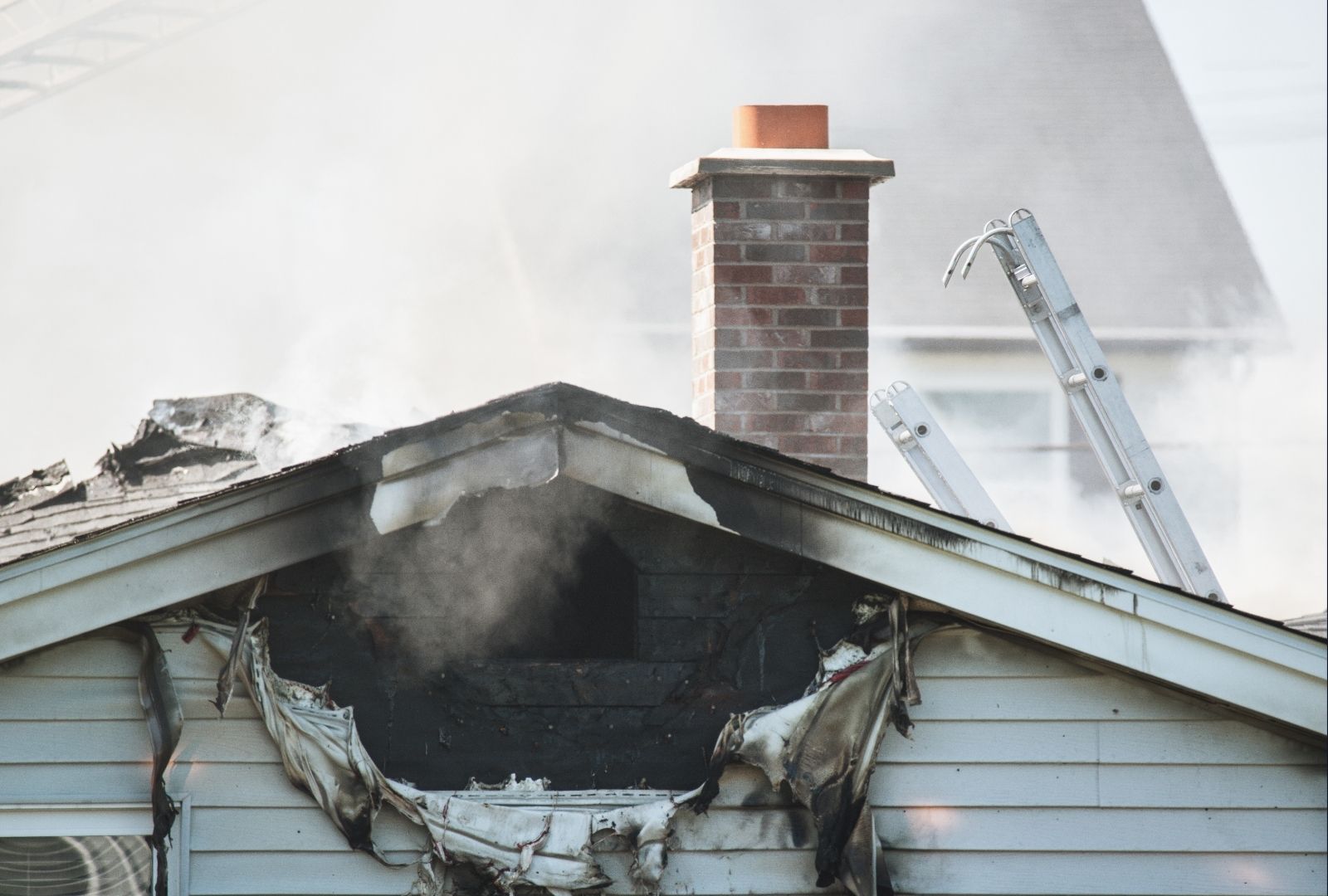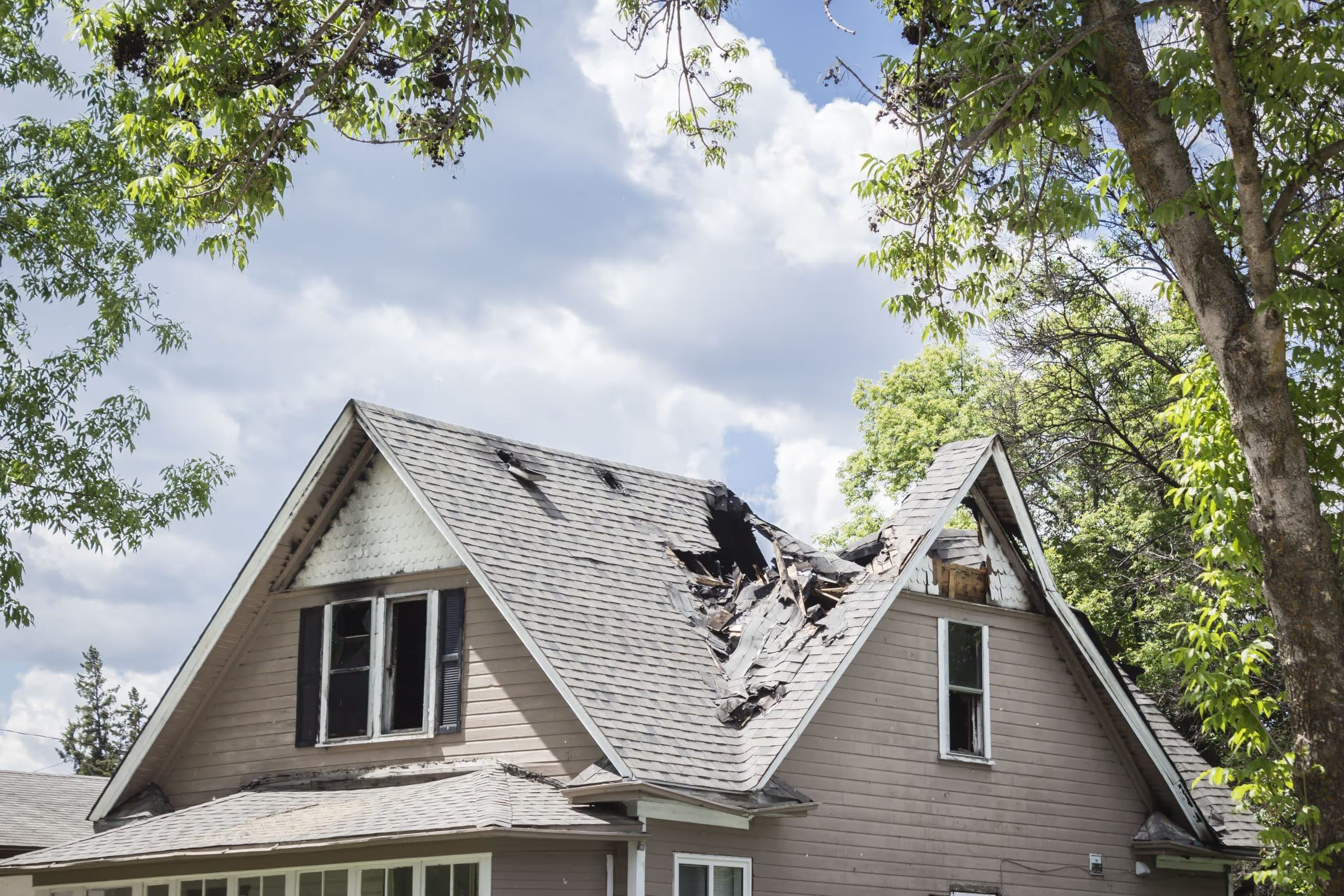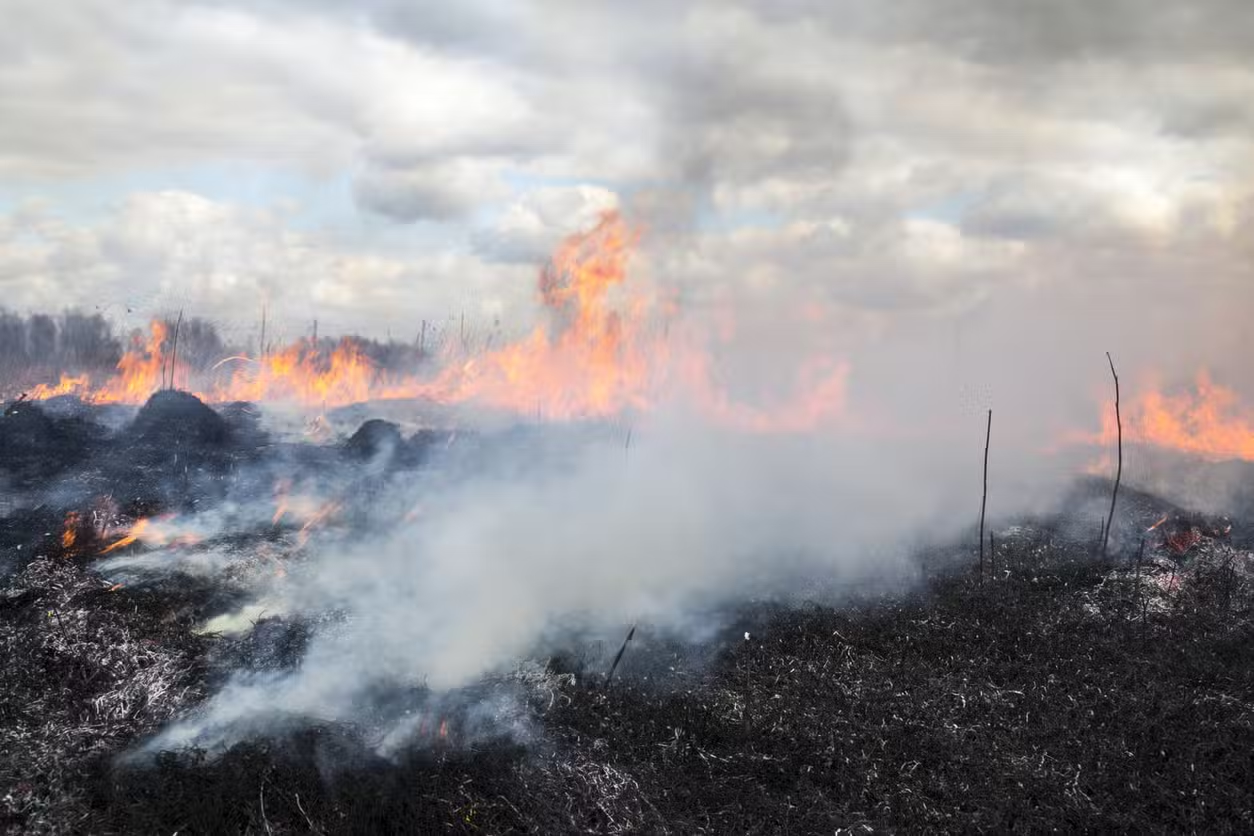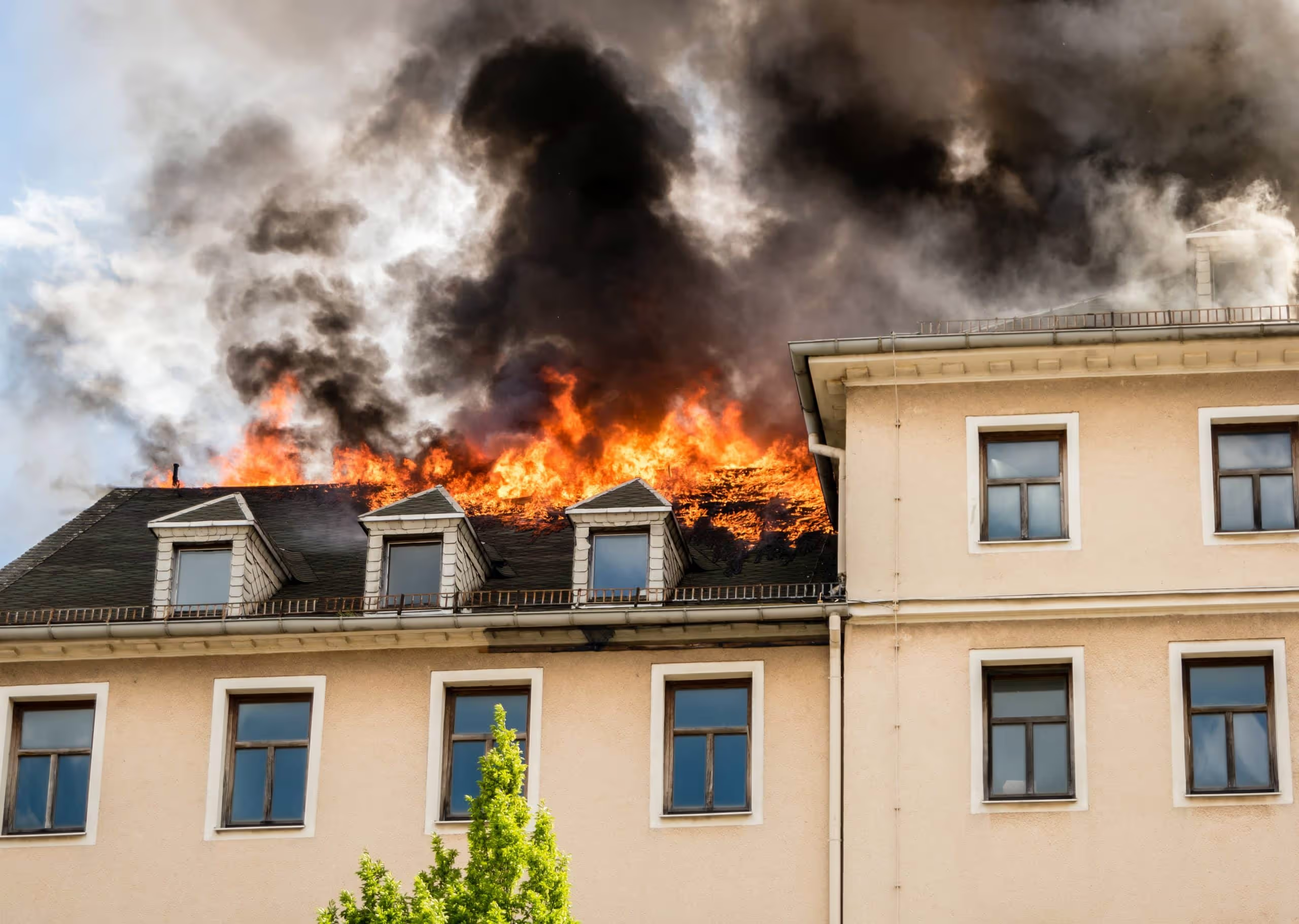Smoke damage may not be as visually dramatic as fire or water damage, but its effects can be just as costly and disruptive. Smoke particles infiltrate HVAC systems, stain walls and ceilings, ruin personal property, and leave lingering odors that are difficult to remove. Fortunately, most homeowners insurance policies do cover smoke damage—but understanding what’s included, what’s excluded, and how to file correctly makes all the difference.
If your claim is denied or undervalued, speak to a fire damage attorney who can ensure your rights are enforced and you receive the compensation your policy promises.

Does Homeowners Insurance Cover Smoke Damage?
In most standard HO-3 policies, smoke damage is considered a covered peril. This means that if your property is affected by smoke—from a kitchen fire, wildfire, electrical issue, or nearby structure fire—you’re generally entitled to compensation for:
- Structural cleaning and restoration
- Smoke odor removal
- Replacement or cleaning of personal belongings
- HVAC system decontamination
Coverage applies whether the smoke originates inside your home or from a nearby fire, provided negligence or intentional acts aren’t involved.
What Isn’t Covered?
Insurance companies may deny claims based on exclusions, such as:
- Negligence: Leaving food unattended on a stove or operating faulty equipment may invalidate your claim.
- Vacant property clauses: Damage sustained while the property was unoccupied may be excluded.
- Wear and tear: Gradual smoke discoloration over time (e.g., from a fireplace) is often deemed maintenance-related, not sudden or accidental.
Always review your policy’s exclusions section and speak with your insurer—or legal counsel—if unsure.
How to File a Smoke Damage Claim

Begin by photographing all visible smoke damage, including ceilings, furniture, clothing, electronics, and ductwork. Create a list of affected items, noting their approximate value and condition before the incident.
Next, contact your insurance company and request a visit from an adjuster. Provide them with:
- Your itemized inventory and images
- Receipts for damaged belongings, if available
- Documentation from a restoration company if assessments have already begun
Be present during the adjuster’s inspection to point out hidden damage, such as inside cabinets, attics, or HVAC vents.
Do You Need a Smoke Damage Specialist?
Yes—especially for serious damage. Smoke damage restoration contractors use specialized tools like ozone generators, thermal foggers, and HEPA filtration systems to:
- Neutralize lingering odors
- Remove fine soot particles from surfaces
- Restore air quality to safe levels
Insurers are more likely to approve claims that are supported by professional evaluations and repair estimates. This gives your claim credibility and helps maximize your payout.
When to Escalate Your Claim
If your insurance company disputes the extent of smoke damage, undervalues property losses, or denies your claim outright, don’t settle prematurely. Get a second opinion from an independent adjuster, and consider legal representation to apply pressure or file a bad-faith claim if necessary.
Related Topics That Can Strengthen Your Recovery Process
To be fully informed and prepared, also review:
- Fire damage insurance claims: Learn how smoke fits into the broader category of fire-related losses and how to structure your documentation.
- Fire damage restoration: Understand the full process of cleanup, deodorization, and structural repair after smoke exposure.
- Emergency fire assistance: Discover local and national resources for temporary housing, food, and medical aid if you’re displaced due to smoke.
These connected topics help you navigate the aftermath of fire more confidently and completely.
Conclusion

Smoke damage claims require detailed documentation, proactive restoration efforts, and often, persistence in dealing with insurers. Knowing what your policy covers—and how to assert your rights—can save you thousands in out-of-pocket costs. Whether your home suffered light smoke infiltration or major contamination, filing an accurate and timely claim ensures your path to recovery is as smooth as possible.




